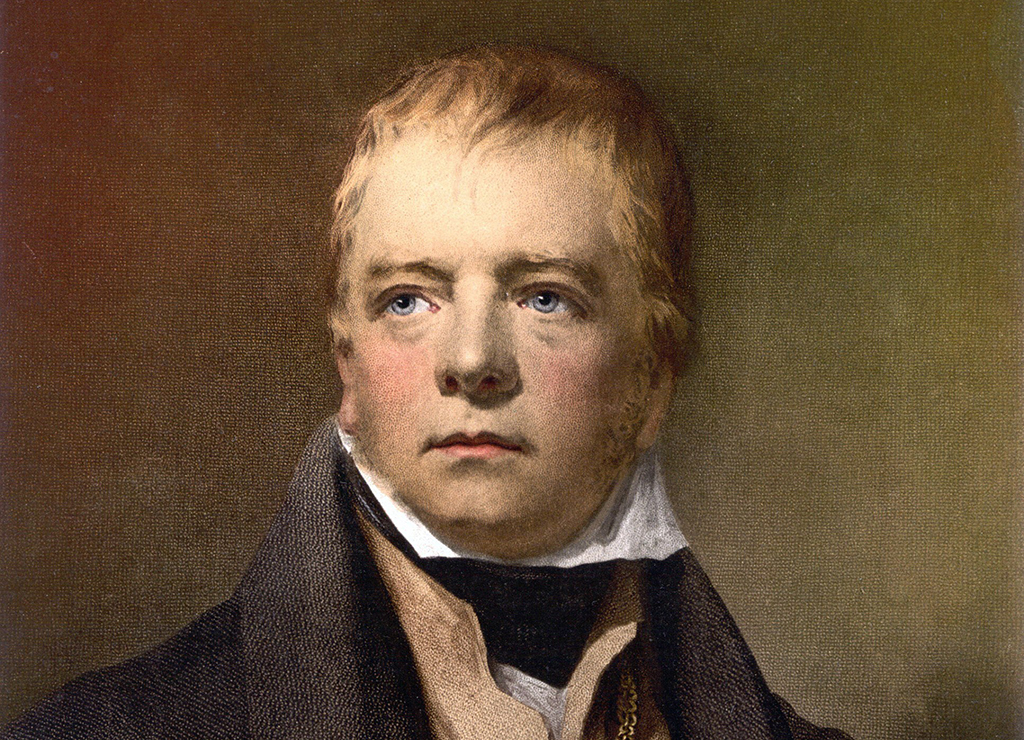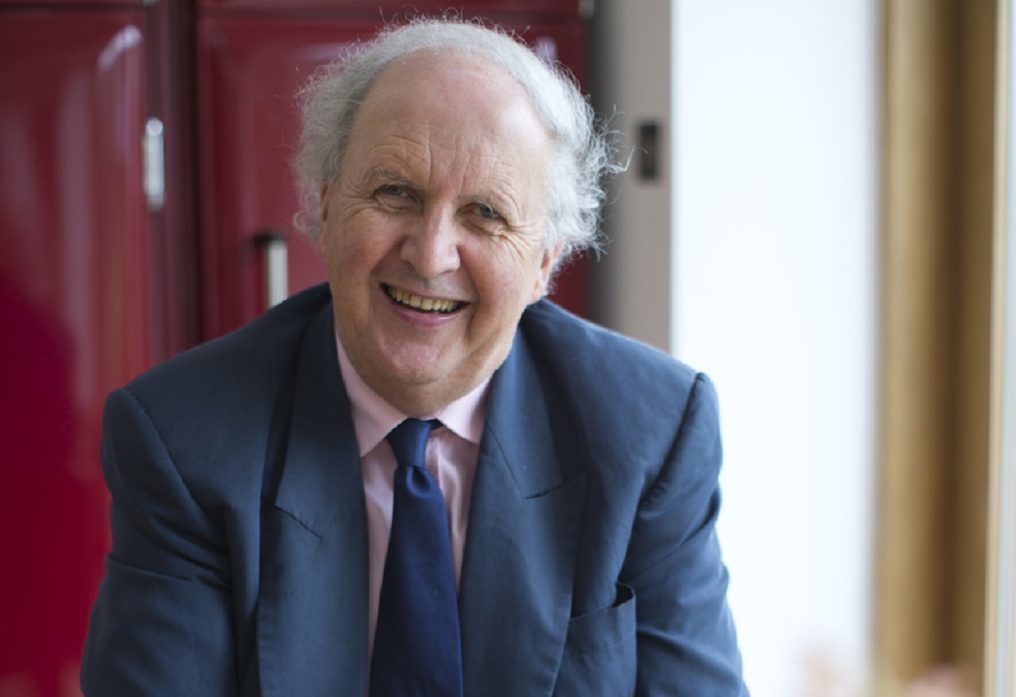After the Act of Union of 1707, gentlemen’s clubs were rife.
Some insisted on members wearing dirty clothes, writing their names upside down, eating only fish or even soaping their beards.
Here are 10 of the more eclectic Scottish clubs.
1. The Kate Kennedy Club
In 1432, St Andrews University principal Bishop Kennedy’s pretty niece came to stay. She was idolised by the students who staged an annual procession in her honour which continued after she married. By the 1800s the event degenerated and was banned, but revived in 1926 as an historical pageant. By tradition, only a man (in costume) can play Kate. Membership is capped at 60, and only open to male graduates of St Andrews.
2. The Speculative Society

Sir Walter Scott
Founded in 1764, the Society is dedicated to public speaking and literary composition. Meeting weekly by candlelight at the University of Edinburgh to argue and present papers, newcomers wear white tie and three-year veterans black tie. Members, who have included Sir Walter Scott, John Playfair, Robert Louis Stevenson, Sir Nicholas Fairbairn and Sir Angus Grossart, are fined if they fail to attend.
3. The Arcanians
The only founding purpose of the Arcanians, launched in Edinburgh in 1978, was to enjoy lavish dinners and that its memberships should incorporate male members from as many different careers as possible. The Arcanians wear distinctive cummerbunds and bow ties. Membership is restricted to 17 in total, and the Society continues to meet irregularly throughout the year at locations ranging from the capital’s top restaurants to the Ratho Canal Boat.
4. Puffins
This Edinburgh-based luncheon club was created in 1961 by author Sir Iain Moncreiffe, who died in 1985. Named after the nickname of Sir Iain’s fi rst wife, the Countess of Erroll, the club’s eclectic roll call has included King Zog of Albania and actor Terence Stamp. Until the 1970s, Puffi ns met mid-week in Aperitif Restaurant, and now The Vintners Rooms in Leith. London-based members now meet on the last Thursday of every month at Boisdale’s in Belgravia. Lord Erroll, the current chairman, has announced that membership is hereditary.
5. The Beggar’s Benison
Founded in 1732 in Anstruther for the ‘convivial and obscene celebration of the idea of free sex and the expression of subversive political sentiments’. Members included anti-slave campaigner James Grahame and William Ayton, founder of Kew Botanic Gardens, with George IV as an honorary member. The name derived from a meeting between James V and a buxom lass who saved him from drowning and was rewarded with more than the king’s coin. Pornographic readings were the norm. It was disbanded in 1836.
6. The Bachelor’s Club, Tarbolton
A debating club founded in 1780 by Scotland’s bard, Robert Burns, his brother Gilbert and a group of friends, all young men of Tarbolton parish. At the first meeting, Burns was unanimously elected president for the night. Rules were drawn up, the tenth and most significant of which read: ‘Every man proper for a member of this Society, must have a frank, honest, open heart; above anything dirty or mean; and must be a professed lover of one or more of the female sex.’
7. The Von Poser Society

Alexander McCall Smith
Revived in 1990 to celebrate German poet and former Edinburgh University lecturer Michael von Poser und Gros Neidlitz, whose work reaches a very small audience. There was an earlier V-P Society in Germany in the 1840s. It now has branches in 21 countries, and meets regularly over dinner to engage in profound intellectual intercourse. It is the fiefdom of whisky writer Charles MacLean, and No.1 Ladies Detective Agency author Alexander McCall-Smith.
8. The Monks of St Giles
Founded as a poetry society in 1852, the Society’s principal requirement for membership is a small talent for writing verse. Housed until recently in their Chapter House in Candlemaker Row, members wear monk’s habits and meet for dinners of haggis and mash to read their poems to one another. Their number is restricted to thirty ‘erudite’ individuals who assume monastic names appertaining to their callings or surnames. Incoming recruits are obliged to knock on the door blindfold.
9. The Cape Society
Founded in 1733, members included Deacon William Brodie, serial killers Burke & Hare, artists Sir Henry Raeburn and Alexander Runciman, and poet Robert Fergusson (his poem Auld Reekie is dedicated to fellow Knights of the Cape). They gathered each night at the Isle of Man Arms in the Old Town for ‘high jinks’. It was reconstituted in 1965, adopting original rituals such as the annual Turtle Feast and a pilgrimage to Fergusson’s Canongate grave.
10. The Sweating Club
In 1750, in response to satanic associations such as the Hell Fire Club, and copying two London clubs, the Mohocks and Bullies, the Sweating Club was formed in Edinburgh. Members met in small pubs off the High Street and would, according to James Grant’s history of Edinburgh, ‘sally forth at midnight into the wynds and large thoroughfares and attack whomsoever they met, snatching off wigs and tearing up roquelares. Many a luckless citizen who fell into their hands was chased, jostled and pinched til he not only perspired with agony but was ready to drop down dead with sheer exhaustion.’ However, as most men carried a sword and/or pocket pistol, this could be as dangerous for members of the Sweating Club as it was for their intended victims.
TAGS

